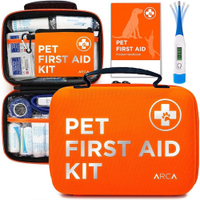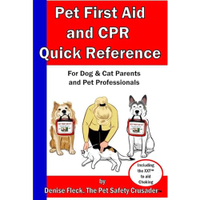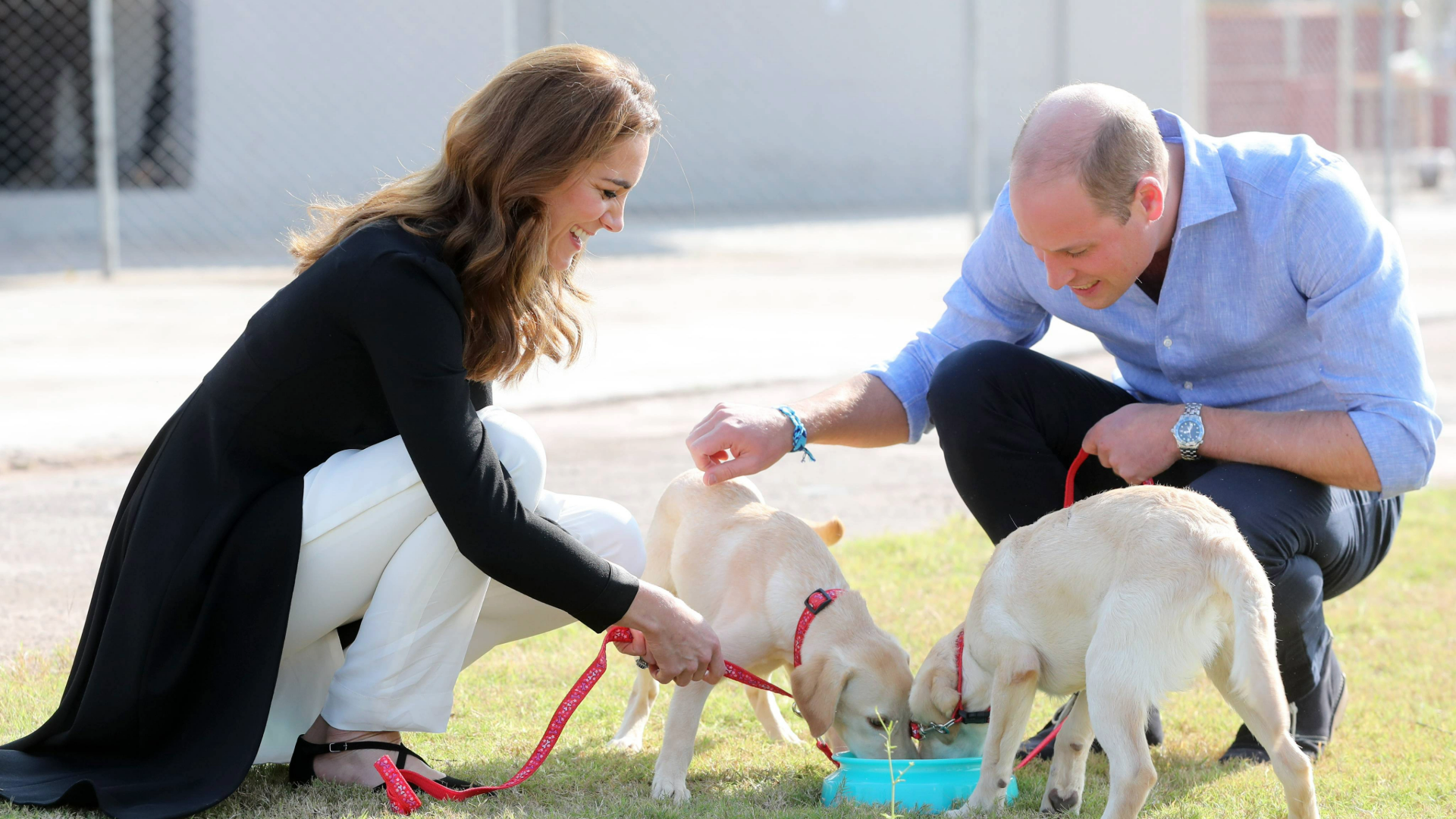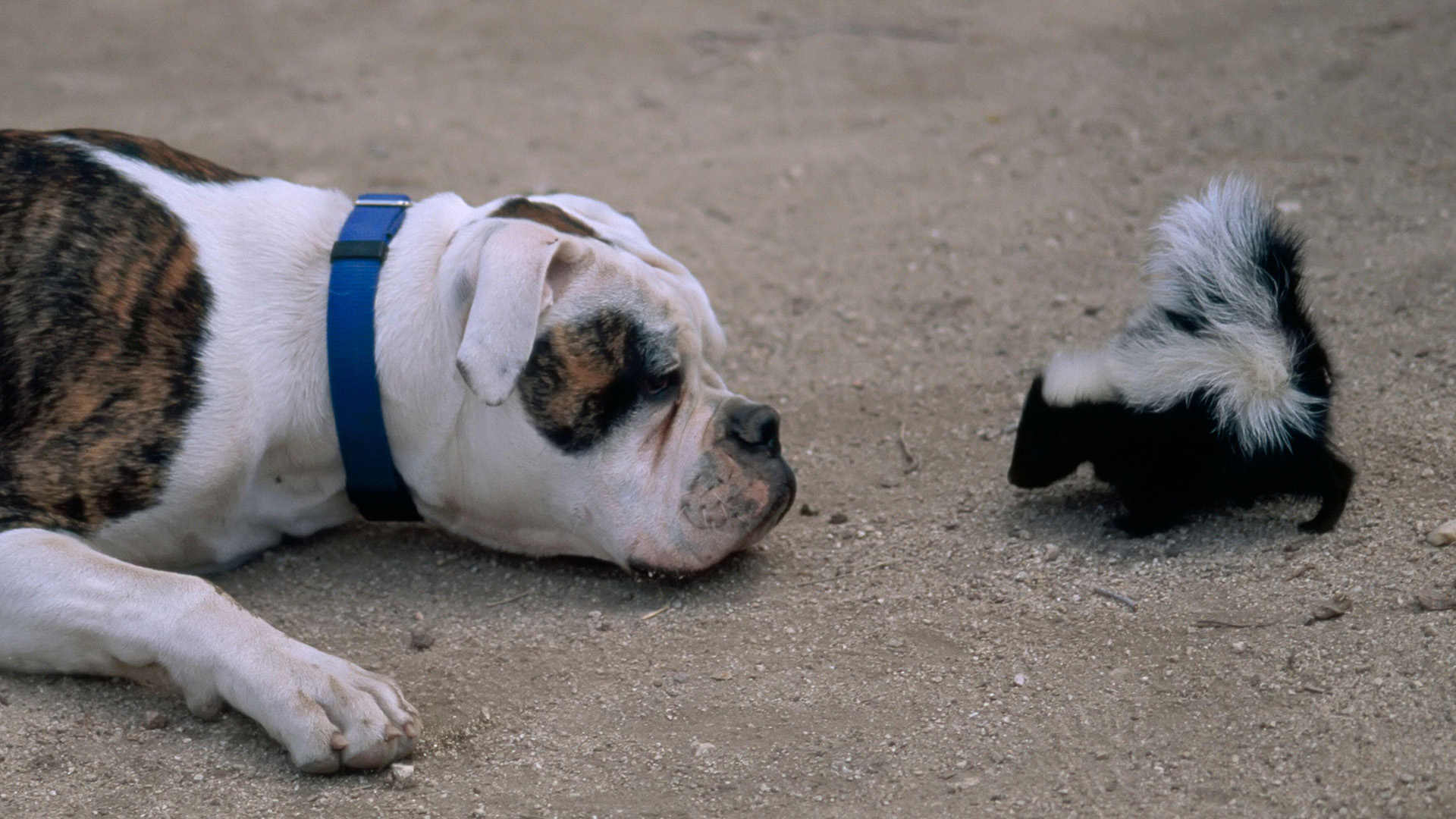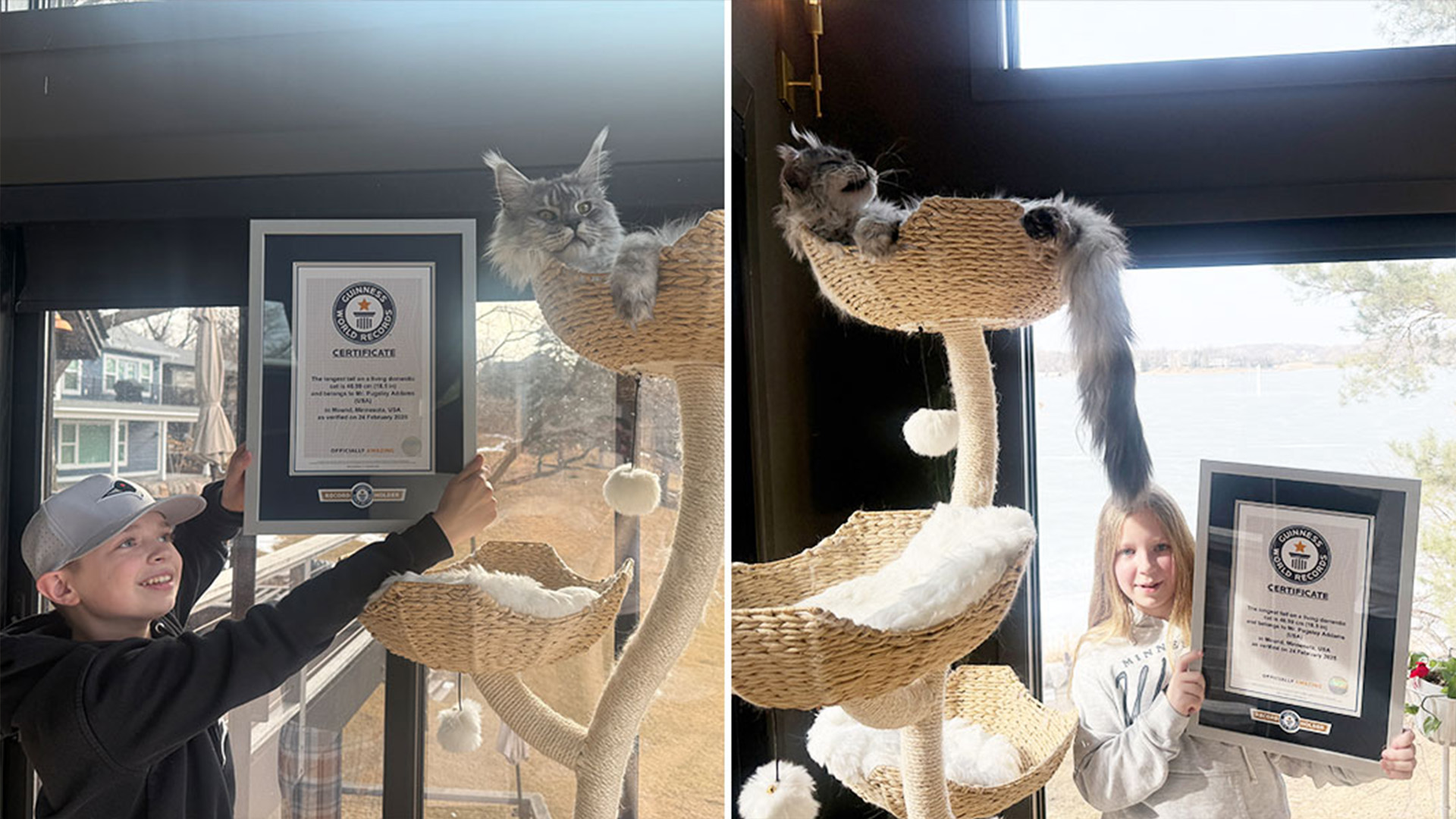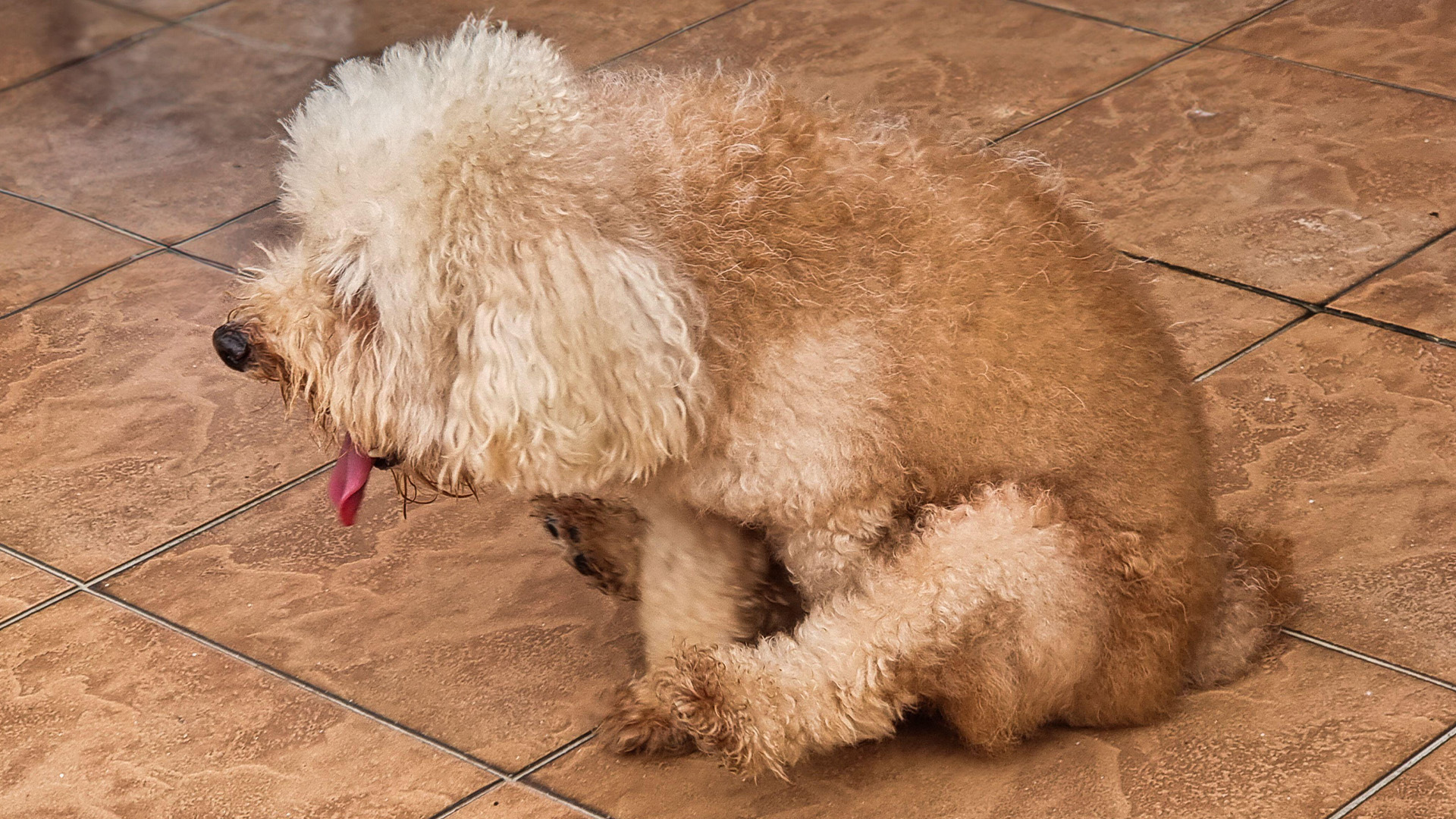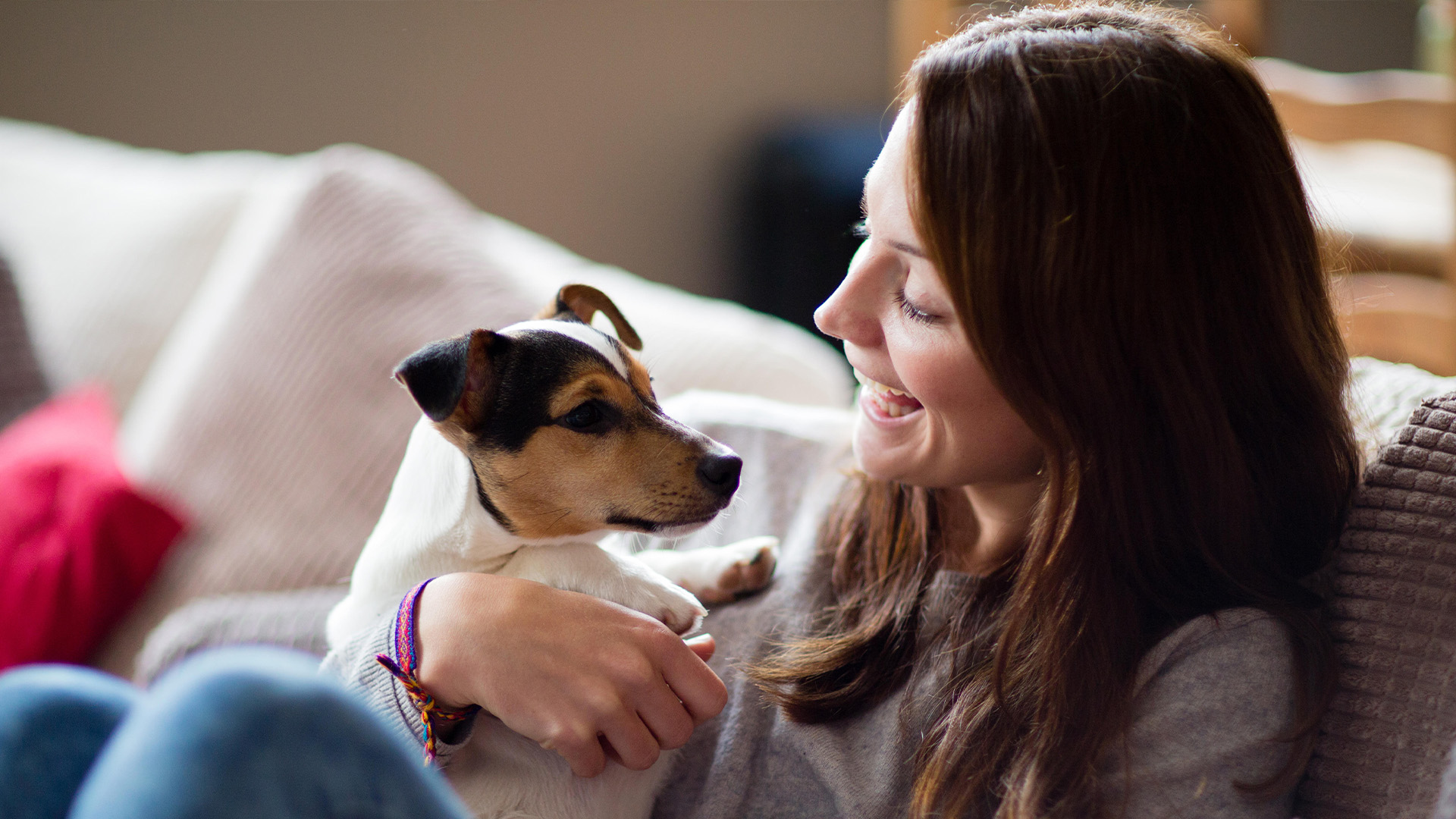‘Emergencies can happen in seconds’ yet most pet parents don’t know basic first aid, according to new research
Over three-quarters wouldn’t know how to perform CPR on their pets
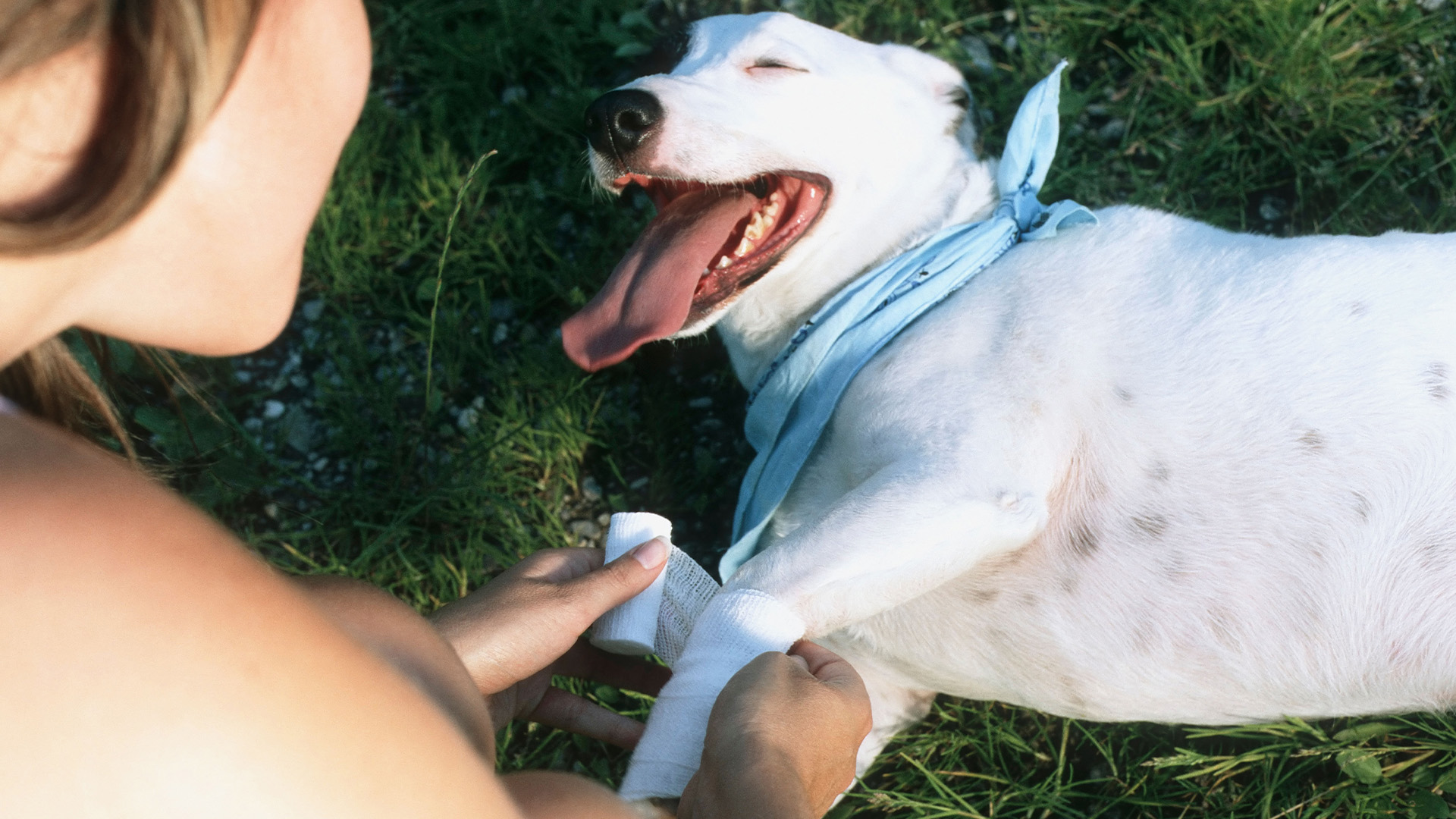
First aid is an essential skill for everyone to learn, but many people never get around to doing so. It can be difficult to find the time to learn and is often not at the front of minds, even though it helps save lives.
Learning first aid helps us give assistance to not only other humans but our pets, too. However, new research has indicated that the majority of pet parents in the UK don’t know how to perform basic first aid in an emergency despite its importance. This includes treating minor injuries as well as identifying problems, such as knowing the signs of cardiac arrest.
A survey of 2,000 pet parents carried out by Paediatric First Aid showed that 78% wouldn’t know how to perform cardiopulmonary resuscitation, or CPR, on their pet, while 65% were unsure how to treat a bleeding wound and over half (54%) wouldn’t know how to treat heatstroke.
Sarah Jeffries, first aid training expert at Paediatric First Aid, is urging pet parents to develop their first aid skills, explaining, “Emergencies can happen in seconds. Knowing how to respond quickly can mean the difference between life and death for your pet."
Intervening when your pet is injured or unwell can stop the issue from becoming more serious, potentially saving their life.
“Many owners don’t think about first aid for pets until it’s too late," Jeffries says. "Simple knowledge like how to stop bleeding or recognize signs of heatstroke can make all the difference while you get your pet to the vet."
If you don’t have one already, Jeffries recommends putting together a basic first aid kit at home so you can help your pet as soon as possible. She advises including the following:
PetsRadar Newsletter
Get the best advice, tips and top tech for your beloved Pets
- Sterile bandages and gauze
- Saline solution for cleaning wounds
- Tweezers for removing splinters or ticks
- A digital thermometer
- Emergency vet contact details
Arca Pet First-Aid Kit | Amazon
In addition to the standard first-aid supplies, this kit contains a dog thermometer, dog muzzle, tick kit, emergency flashlight, and a handy mini first aid kit pouch.
If your cat or dog is choking, meanwhile, Jeffries warns against blindly reaching into their mouth because this can risk pushing the object down further. Rather, she says to perform five firm back blows between the shoulder blades and then seek urgent veterinary care if needed.
For bleeding, apply firm pressure to the wound with a clean cloth or bandage, elevate the injury, and keep your pet calm. For heatstroke, watch out for excessive panting, drooling, or collapsing, and move them to a cool area. Wet their fur with cool water, offer them small sips of water, and contact your vet.
If you think your pet has eaten something toxic, contact your vet immediately and don’t induce vomiting unless asked to be a professional.
If your pet is unresponsive and not breathing, you should lay them on their side and begin chest compressions – for dogs and cats, compress the chest 100-120 times per minute.
"Being prepared doesn’t just protect your pet, it gives you peace of mind. When you know what to do, you can act quickly and calmly in an emergency," Jeffries adds. And, if in doubt, it’s always best to err on the side of caution and contact your vet.
Pet First Aid & CPR Quick Reference | Amazon
Brush up on your skills and basic steps to help a dog or cat who is injured or ill, and then keep this book on hand for emergencies.
Want to know more about the work vets do? Here, a celebrity vet reveals the three most shocking cases he’s ever treated

Adam is a freelance journalist specialising in pets, music and culture, and mental health and wellbeing. He investigates and writes the large majority of news on PetsRadar, and collaborates with veterinary experts to produce informative pet care content.
Adam has a journalism degree from Southampton Solent University and a masters degree in Magazine Journalism from Cardiff University. He was previously senior editor at dog advice website DogTime.com, and has also written for The Independent, GoodToKnow and Healthline.
He owns two rescue cats, Bunny and Dougie, and has also previously had a rabbit, fish and Roborovski dwarf hamsters.
